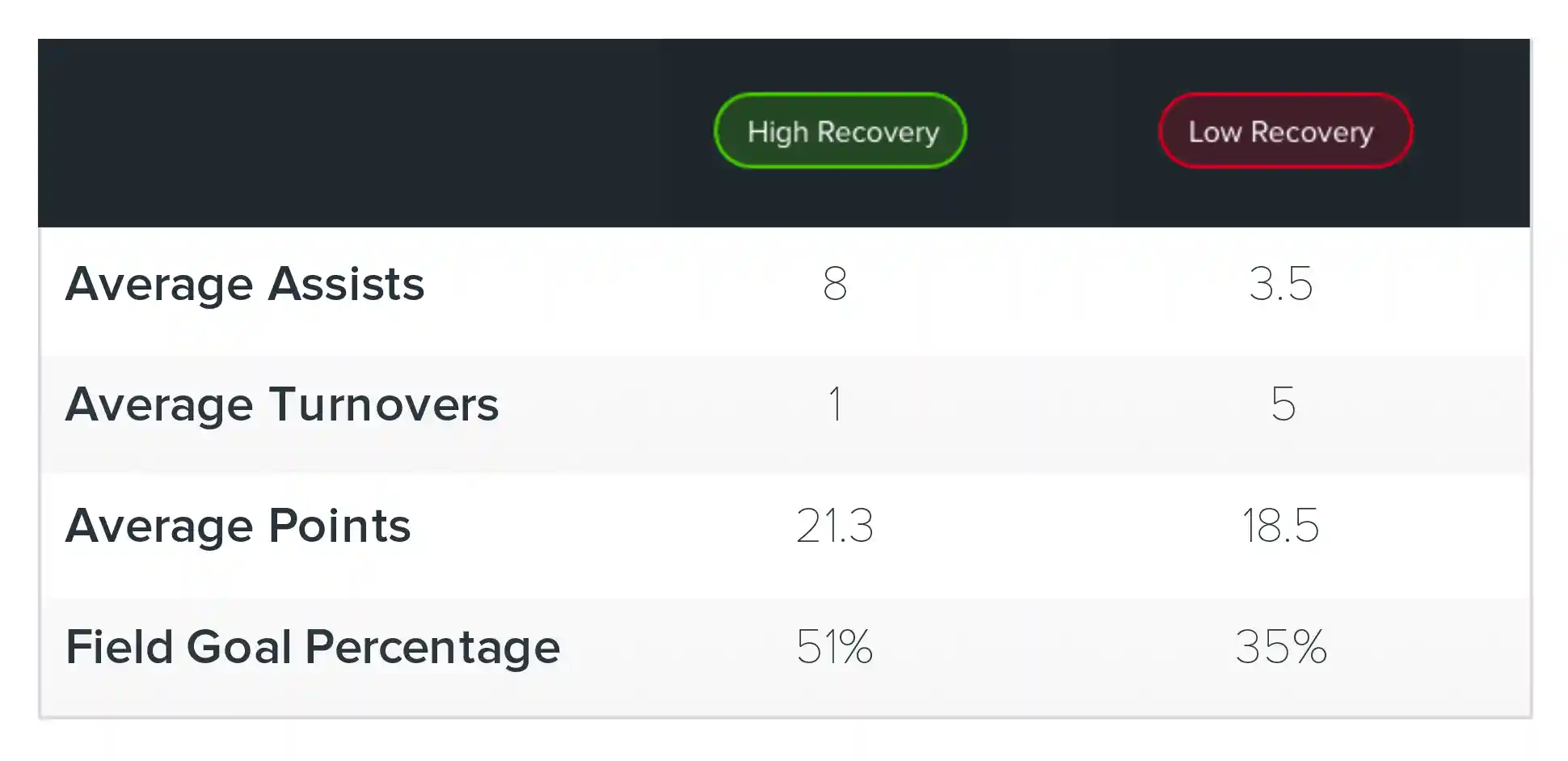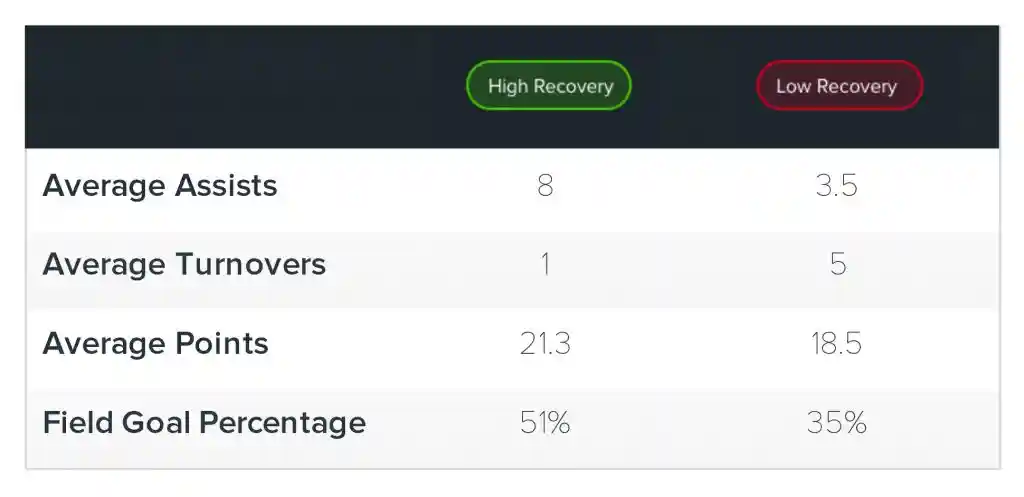Topics
- Article
Who Takes the Big Shot?

As a sophomore at Villanova University, Kyle Lowry guided the Wildcats to a 28-5 record and a No. 3 national ranking. Lowry’s squad earned a top seed in the 2006 NCAA tournament and advanced to the Elite Eight before falling to eventual champion Florida. The point guard then declared for the NBA draft, and was chosen 24th overall by the Memphis Grizzlies.
Lowry played three seasons in Memphis, but never made his mark with the Grizzlies. After being traded to the Houston Rockets in 2009, he won a starting job a year later. However, his career really took off with the Toronto Raptors during the 2013-14 season, when he averaged a then personal-best 17.9 points per game.
In December of 2014, Lowry was honored with the Eastern Conference Player of the Month Award. The following February, he was named an All-Star for the first time. Lowry earned his second consecutive All-Star berth last year, and this past summer he took home a gold medal as a member of Team USA in Rio.
In addition to his many accolades, Lowry was also one of the first major pro athletes to benefit from the WHOOP system (which he was on prior to the 2016 Olympics):
“By using WHOOP, I was able to see how my Recovery affected my shooting and free-throw percentage… even my turnovers. That blew me away.”
Here’s a five-game stretch of Lowry’s NBA numbers in relation to his daily WHOOP Recovery:

Based on what we saw with Lowry, our data scientists decided to take a deeper dive into what WHOOP can tell us about the performance of elite basketball players.
During the 2015-16 season, seven members of an NCAA Division 1 team wore WHOOP straps over a span of 24 games, a much more reliable sample size than the data from a single NBA player.
We looked specifically at two of the statistics mentioned by Lowry, field-goal percentage and free-throw percentage. Players’ shooting percentages in each game were compared to their respective Recovery numbers from the same day. We discovered a trend that supported exactly what Lowry said–simply put, better Recovery can lead to more accurate shooting.
A 50% difference in Recovery predicted roughly a 35% difference in field-goal percentage in relation to each player’s season average. The correlation was even greater for foul shooting, where a 50% difference in Recovery suggested a 50% difference in free-throw accuracy.
What does this mean? Instead of knocking down both free throws each time he goes to the line, a star player might only sink one of two if he isn’t properly recovered.
Imagine this scenario: The Raptors are visiting the New York Knicks in a key Atlantic-Division matchup. Knicks forward Carmelo Anthony nails a clutch three-pointer to give New York a one-point lead in the closing seconds of the fourth quarter, but he’s then whistled for a technical foul for taunting. Toronto coach Dwane Casey must choose which of his players will take the potential game-tying free-throw.
Conventional wisdom might suggest he send Terrence Ross to the line, who is shooting 95% from the charity stripe this season. However, the Raptors also travelled the night before, and Casey knows that his players are not fully rested. Lowry, an 84% free-throw shooter, had a WHOOP Recovery of 90% that morning. Ross, on the other hand, was only 45% recovered.
With the help of WHOOP, Casey would know that Lowry is the smart choice to take the shot.